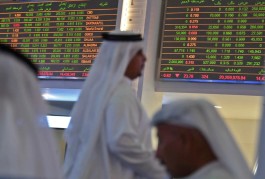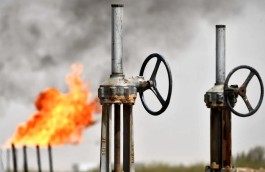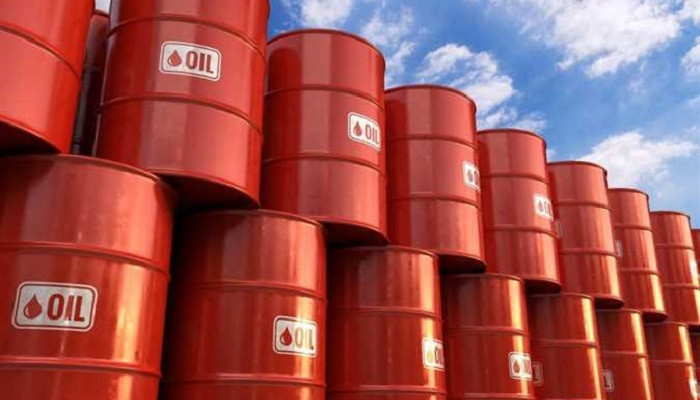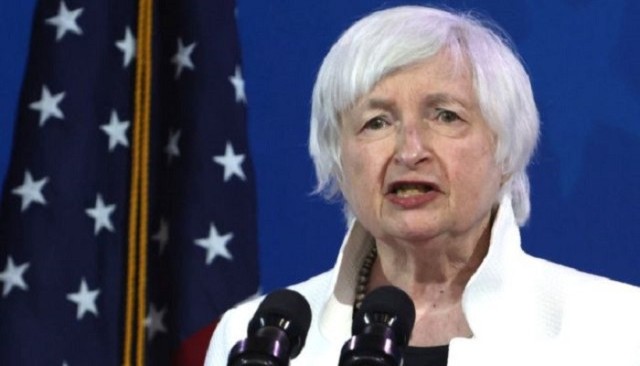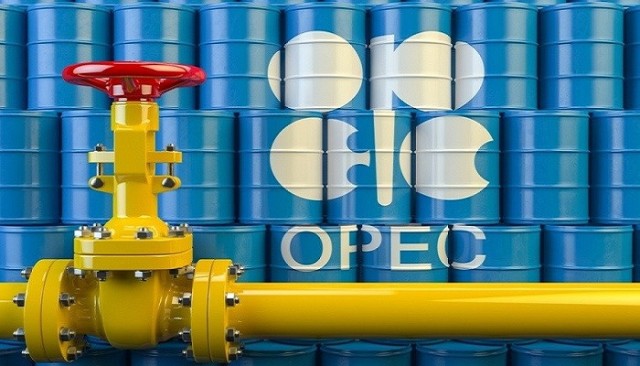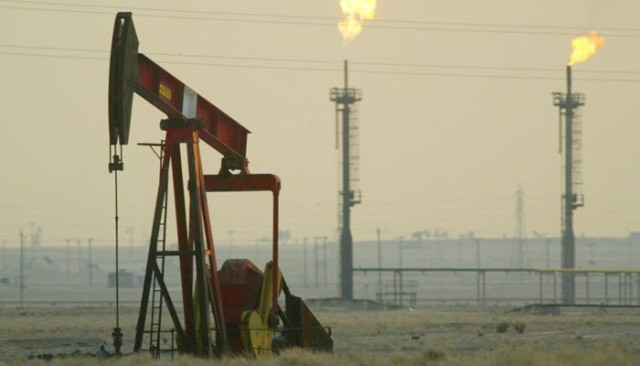The Organization of the Petroleum Exporting Countries lowered its view of the growth in demand for crude in 2023 by 100,000 barrels per day from the previous forecast, which was revolving around an orbit of 2.2 barrels per day.
In its report for the current month of November, OPEC indicated that the growth of oil demand will face a challenge represented by a state of uncertainty related to economic activities, containment measures (Covid-19) and geopolitical developments.
OPEC said it lowered its demand forecast for the third and fourth quarter due to the policy of zero (Covid-19) in China, geopolitical uncertainty and economic activities, which it described as weaker.
And OPEC added in its report issued yesterday, Monday, that demand in the Organization for Economic Cooperation and Development countries will rise by 1.3 million barrels per day, which is less than the 1.4 million barrels per day that it expected in the October 2022 report, while it did not change its view from its previous report on the growth of demand from countries outside Organization for Economic Cooperation and Development.
OPEC also lowered its view of demand growth in 2023 by 100,000 barrels per day from previous expectations to 2.2 million barrels per day, and indicated that oil demand growth will be challenged by the uncertainty related to economic activities, containment measures (Covid-19) and geopolitical developments.
The Organization of the Petroleum Exporting Countries did not modify its forecasts in its monthly report for global economic growth to 2.7% in 2022 and 2.5% in 2023, saying that it reflects the uncertainties that may affect GDP growth in the fourth quarter of 2022 and successive periods.
Total oil demand is expected to reach 99.6 million barrels in 2022, slightly lower than last month's forecast.









